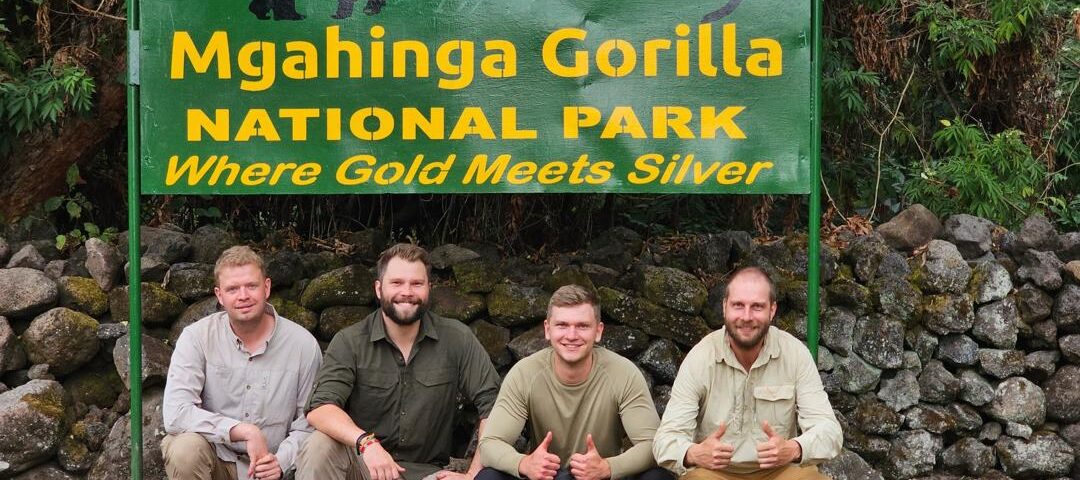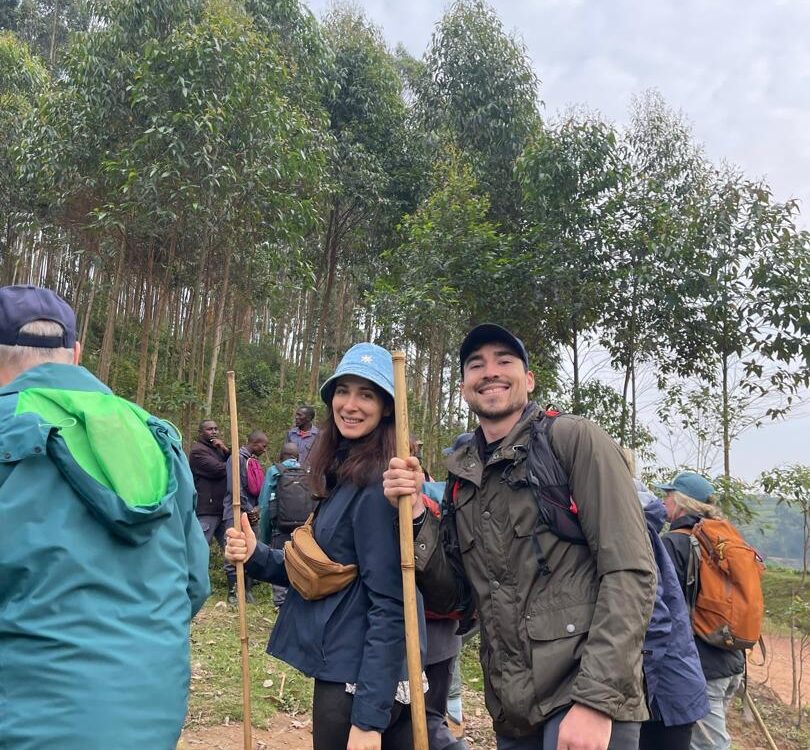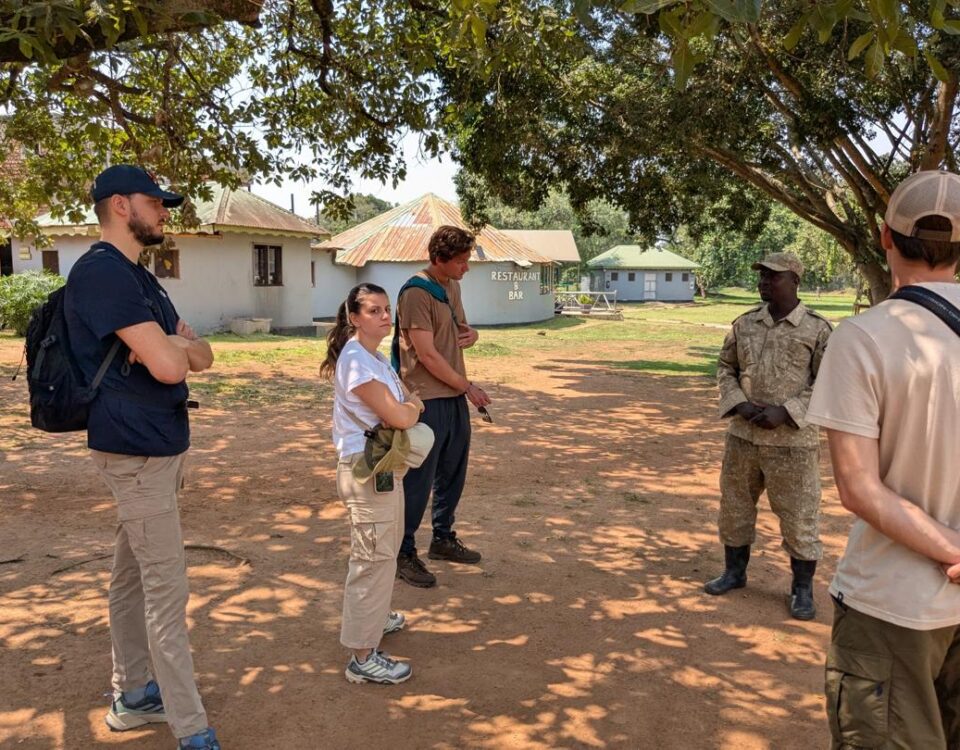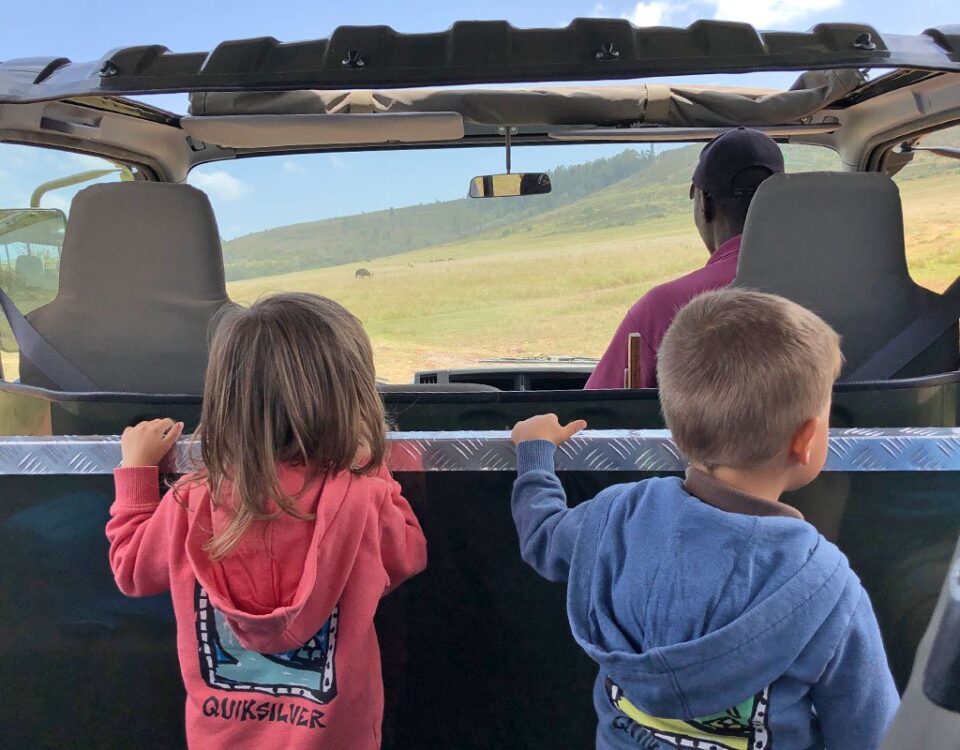Is Uganda Cheaper for Gorilla Trekking than Rwanda?
May 7, 2025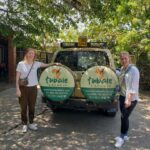
What Is Gorilla Habituation?
May 7, 2025What Is the Difference Between Uganda and Rwanda Gorilla Trekking?
When planning a life-changing gorilla trekking adventure in East Africa, one of the most frequently asked questions by travelers is: “What is the difference between Uganda and Rwanda Gorilla Trekking?” This is a vital question, especially for travelers comparing safari options across the two most renowned mountain gorilla destinations—Uganda and Rwanda. Both countries offer extraordinary encounters with the endangered mountain gorillas, but they also present unique experiences in terms of trekking conditions, accessibility, permit prices, terrain, accommodation, and cultural engagement.
In this comprehensive guide by Tubale Safaris, we explore the key differences between Uganda Gorilla Trekking and Gorilla Trekking Rwanda, helping you choose the perfect destination for your African adventure. Along the way, we highlight other safari experiences you can combine with gorilla trekking, including Chimpanzee Tracking, wildlife safaris, cultural tours, and Rwanda Tours, ensuring you get the most out of your Uganda safari or Rwanda safari.
Uganda Gorilla Trekking Safari Packages and Tours
- 3 Days Gorilla Habituation Safari
- 3 Days Gorilla Trekking Tour
- 3 Days Uganda Fly to Bwindi
- 5 Days Wildlife & Gorilla Safari
- 7 Days Uganda Gorilla Safari
- 8-Day Gorilla & Wildlife Tour
- 9 Days Best of Uganda Safari
- 5 Days Gorilla & Rafting Safari Uganda
- 6 Days Primates Safari Tour
- 10 Days Birding Tour Uganda
- 10 Days Uganda Wildlife Tour
- 12 Days Uganda Wildlife Tour
- 13 Days Pearl of Africa Tour
- 15 Days Uganda Safari
- 18 Days Uganda Safari
- 21 Days Birding Uganda Safari
- 24 Days Best of Uganda Tour
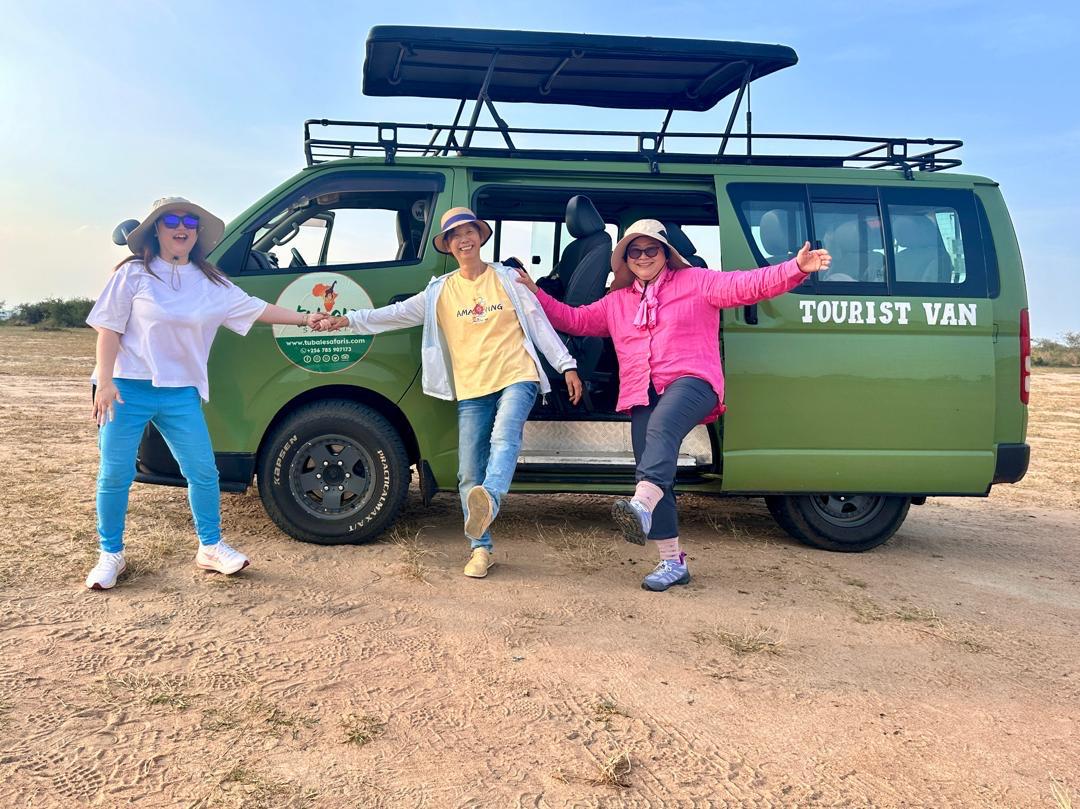
Hiking Rwenzori & Gorilla Trekking
Gorilla Trekking in East Africa – An Unmatched Wildlife Safari Experience
Gorilla Trekking is widely regarded as one of the most awe-inspiring wildlife experiences in the world. The opportunity to come face-to-face with a family of wild mountain gorillas in their natural habitat is humbling, emotional, and unforgettable. Fortunately, the high-altitude forests of Uganda and Rwanda provide two of the safest and most accessible locations for this rare encounter. Both countries are home to a portion of the world’s remaining mountain gorilla population, protected in Bwindi Impenetrable Forest and Mgahinga Gorilla National Park in Uganda, and Volcanoes National Park in Rwanda.
So, what is the difference between Uganda and Rwanda Gorilla Trekking? The answer lies in several factors that influence the experience—ranging from cost and logistics to the landscape, gorilla habituation opportunities, and surrounding activities. Whether you choose to track gorillas on a Uganda safari or opt for a more luxury-oriented Rwanda safari, you’re guaranteed a profound connection with nature. Both destinations can also be combined for an extended and immersive East African safari tour.
Accessibility and Travel Logistics: Which Is Easier to Reach?
Ease of Access – Rwanda’s Advantage
One of the biggest differences between Uganda Gorilla Trekking and Gorilla Trekking Rwanda lies in accessibility. Rwanda’s Volcanoes National Park is located just a 2–3 hour drive from Kigali International Airport, making it a convenient option for travelers who have limited time. You can land in Kigali in the morning and be comfortably settled in your lodge near the park by afternoon. This ease of access has made Gorilla Trekking Rwanda particularly attractive to high-end travelers or those seeking a shorter gorilla safari.
Uganda’s Remote Adventure
In contrast, Uganda Gorilla Trekking generally involves longer travel times. From Entebbe International Airport to Bwindi Impenetrable Forest or Mgahinga, the journey takes about 8–10 hours by road or approximately 1 hour by scheduled charter flight. While it may require more logistical planning, the longer journey through Uganda’s beautiful countryside offers stunning scenic views, cultural stopovers, and opportunities for game drives en route—making the travel experience itself part of the adventure.
So, while Rwanda offers convenience, Uganda rewards you with a more immersive journey and richer diversity in experiences, especially for those combining their trek with a broader Uganda safari.
Trekking Terrain and Physical Challenge: What to Expect on the Ground
Trekking Conditions – Rwanda’s Gentle Terrain
Gorilla Trekking in Rwanda tends to be less physically demanding compared to Uganda. The terrain in Volcanoes National Park is more open, with bamboo forests and gentle slopes that make the trekking experience manageable for most fitness levels. While the altitude is higher (up to 2,500–3,000 meters), the trails are relatively well-maintained and the gorilla groups are often located within 1–2 hours of hiking.
Uganda’s Dense Forest Adventure
By comparison, Gorilla Trekking Uganda—especially in Bwindi Impenetrable National Park—offers a more rugged and adventurous experience. The forest is denser, the terrain steeper and sometimes slippery, with gorilla groups ranging widely in location. Treks can last anywhere between 2 to 6 hours or more, depending on the family assigned and their movement. For the adventurous traveler or those seeking a deeper immersion in wild terrain, this raw and authentic experience is unmatched.
So, what is the difference between Uganda and Rwanda Gorilla Trekking when it comes to physical challenge? Rwanda offers a shorter, more accessible trek, while Uganda delivers a more strenuous and thrilling encounter with nature.
Gorilla Trekking Permits: Comparing the Cost and Value
Rwanda’s Premium Pricing
Rwanda is known for its premium approach to tourism. A Gorilla Trekking permit in Rwanda costs $1,500 USD per person, and this price applies to all travelers regardless of season. Rwanda has positioned itself as a high-end destination with a strong focus on luxury lodges, shorter itineraries, and conservation-focused tourism.
Uganda’s More Affordable Option
In contrast, Gorilla Trekking permits in Uganda are significantly more affordable at $700 USD per person, making it a more accessible option for budget-conscious travelers. Uganda also offers a Gorilla Habituation Experience at $1,500 USD, which allows visitors to spend up to four hours with a semi-habituated gorilla family—double the time of a standard trek.
So, what is the difference between Uganda and Rwanda Gorilla Trekking in terms of cost? Uganda offers greater affordability and longer experiences, while Rwanda delivers convenience and luxury.
Combining Gorilla Trekking with Other Safari Experiences
Uganda – The Ultimate Multi-Destination Safari
One of the key advantages of Uganda Gorilla Trekking is the ease of combining it with a wide range of other wildlife safari experiences. After your trek in Bwindi, you can head to Queen Elizabeth National Park for a classic game drive and boat safari, explore Murchison Falls National Park, or track chimpanzees in Kibale Forest. Uganda is the ideal destination for travelers seeking a diversified itinerary that blends primates, big game, birdlife, and cultural encounters.
Rwanda – Compact Luxury and Cultural Tours
While Rwanda has fewer national parks, its compact size makes it easy to experience multiple attractions in a short time. A Rwanda Tour often includes Gorilla Trekking, a visit to Nyungwe Forest National Park for Chimpanzee Tracking, and a trip to Akagera National Park for a wildlife safari. Cultural experiences in Rwanda are also well-organized, such as visiting the Iby’Iwacu Cultural Village or the Kigali Genocide Memorial, offering powerful insights into Rwanda’s transformation and heritage.
So, what is the difference between Uganda and Rwanda Gorilla Trekking when it comes to add-on experiences? Uganda offers greater biodiversity and longer, more varied itineraries, while Rwanda excels in compact, luxurious, and culturally rich tours.
Cultural Encounters: Understanding the People and Their Heritage
Uganda’s Vibrant Cultural Diversity
Uganda is home to over 50 ethnic groups, each with its own traditions, language, music, and cuisine. Travelers engaging in Uganda Gorilla Trekking have the opportunity to interact with local communities around Bwindi, such as the Batwa pygmies, who were the original forest dwellers. The Batwa Experience includes guided forest walks, storytelling, traditional dances, and cultural performances, offering a powerful glimpse into their unique way of life before their displacement due to conservation efforts.
Rwanda’s Reconciliation and Resilience
Rwanda’s cultural experience is deeply tied to its post-genocide recovery and unity. Visitors on a Rwanda Tour often explore national museums, memorial centers, and community-based tourism projects that highlight the strength and progress of the Rwandan people. Cultural villages near Volcanoes National Park allow you to experience traditional dances, farming techniques, and crafts that offer a window into rural Rwandan life.
So, what is the difference between Uganda and Rwanda Gorilla Trekking in terms of culture? Uganda provides deep engagement with diverse indigenous groups, while Rwanda offers a poignant journey into resilience and reconciliation.
Final Thoughts: Which Destination Should You Choose?
Personal Preferences and Travel Goals
So ultimately, what is the difference between Uganda and Rwanda Gorilla Trekking? It comes down to your personal preferences, travel style, and budget. If you’re looking for convenience, luxury, and shorter travel times, Gorilla Trekking Rwanda is ideal. However, if you prefer affordability, a sense of adventure, and the chance to combine your gorilla trek with a wide variety of Uganda safari options and Chimpanzee Tracking, then Gorilla Trekking Uganda is the better choice.
At Tubale Safaris, we specialize in tailoring unforgettable journeys across East Africa. Whether you’re drawn to the misty slopes of Rwanda’s Volcanoes National Park or the dense jungle trails of Uganda’s Bwindi, we’ll ensure your safari is safe, exciting, and filled with meaningful encounters.

